Which camera sensor to choose: Micro 4/3, APS-C or Full frame sensor
Last update: 04/05/2024
Our blog continues to grow thanks to you, our readers. This blog may contain affiliate links, which means we can earn a small commission if you make a purchase through them, at no extra cost to you. This helps us to continue to bring you more and support our work!
When considering buying an advanced camera with interchangeable lenses, the choice of the camera sensor size is inevitable. Before the introduction of mirrorless cameras, DSLRs were the kings in this field and mainly proposed two sensor sizes: APS-C and Full frame sensor. Over the past 10 years or so, another format has made its appearance with some mirrorless cameras, the Micro 4/3. Although this format is a little less popular and avoids the APS-C/FF war (for Full Frame), it has some advantages and deserves its place in the hierarchy.
Before we start, let’s remind ourselves what a sensor is. To put it simply, it is the sensitive surface that will capture (hence its name) the light sent by the lens. With the digital, these sensors have allowed to gain a lot of comfort, such as the possibility to increase ISO sensitivity where film cameras were more limited, to shoot photos AND videos, to retrieve digital files read directly by the camera or by a computer, etc… The sensor consists of a number of photosites which are sorts of light-sensitive cells which, to put it simply, correspond to the number of pixels. Obviously, depending on the surface of the sensor and the number of photosites, these will be more or less large, which will have an impact on the image quality. But we’ll come back to this later in this article.
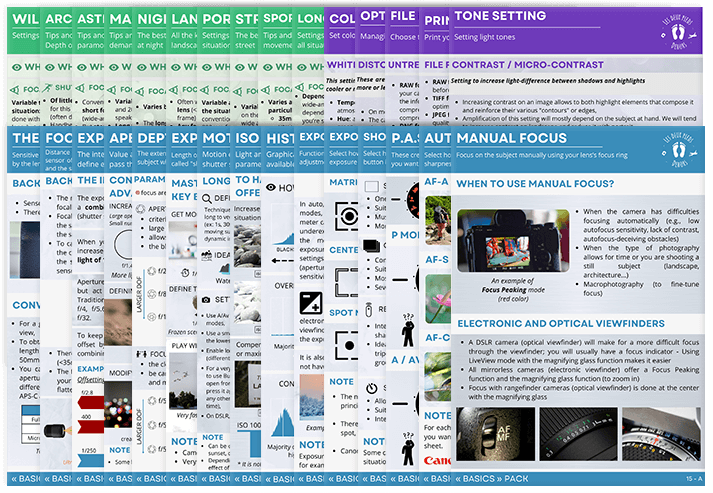
Check out my practical photography packs. It's a simple, fun and entertaining way to learn and improve in photography, especially in the field!
An important part of a camera, not to say main part, it is responsible for many of the photo’s characteristics and possibilities of enlargement. On this subjet, available on the website is an article on megapixels. The sensor is therefore the subject of much attention and guides the user in the choice of his camera, whether by its size, price, performance and definition, among other things. Because all these sensors are not equal, even though sensors of the same size can generally be grouped together when they are not separated by several generations. The “biggest differences” are mainly between different sensor sizes. Let’s start by looking at what characterizes each sensor size.
If you want to get started with photography or upgrade to a new camera, be sure to check out our guide to the best cameras of the year!
1. The different sensors
a. Micro 4/3 sensors
The micro 4/3 sensors are 17.3mm wide and 13mm high. They have the particularity of using a 4:3 format, same ratio also offered by the Medium format. The width is 1.33x larger than the height and therefore provides 4:3 format images. They differ from APS-C and FF sensors being 3:2 aspect ratio sensors.
They were recently introduced, in 2008, by Olympus and Panasonic, which are the two main brands manufacturing this format. From the beginning, these brands decided to design mirrorless cameras for these sensors, i.e. cameras without mirrors or prism, so without optical viewfinder, unlike DSLRs. So, if you are interested in a recent camera made by Olympus or Panasonic (except the S1), it will be equipped with this type of sensor.
By the way, I just finished a full guide to help you choose your Micro 4/3 lenses, the ones that will suit you according to your photography practice.
b. APS-C sensors
APS-C sensors are 23.7mm wide and 15.7mm high in most brands. Canon’s sensors are slightly smaller, 22.3mm wide and 14.9mm high. They are as mentioned earlier in 3:2 format, i.e. the width is 1.5x larger than the height. They therefore have the same ratio as the full frame sensors.
The APS-C format, which originally existed in film form, was introduced in 1996. The APS-C format of digital sensors is slightly smaller than the film format, which was 25.1mm by 16.7mm. However, it has not been very successful in this form, so much so that in the early days of digital, many people associated FF with film and APS-C with digital. Initially offered in DSLRs by the historical brands Nikon, Canon and Pentax, it was later extended to Sony. This format is now available in mirrorless cameras from Fujifilm, Canon, Leica, Sony and recently Nikon.
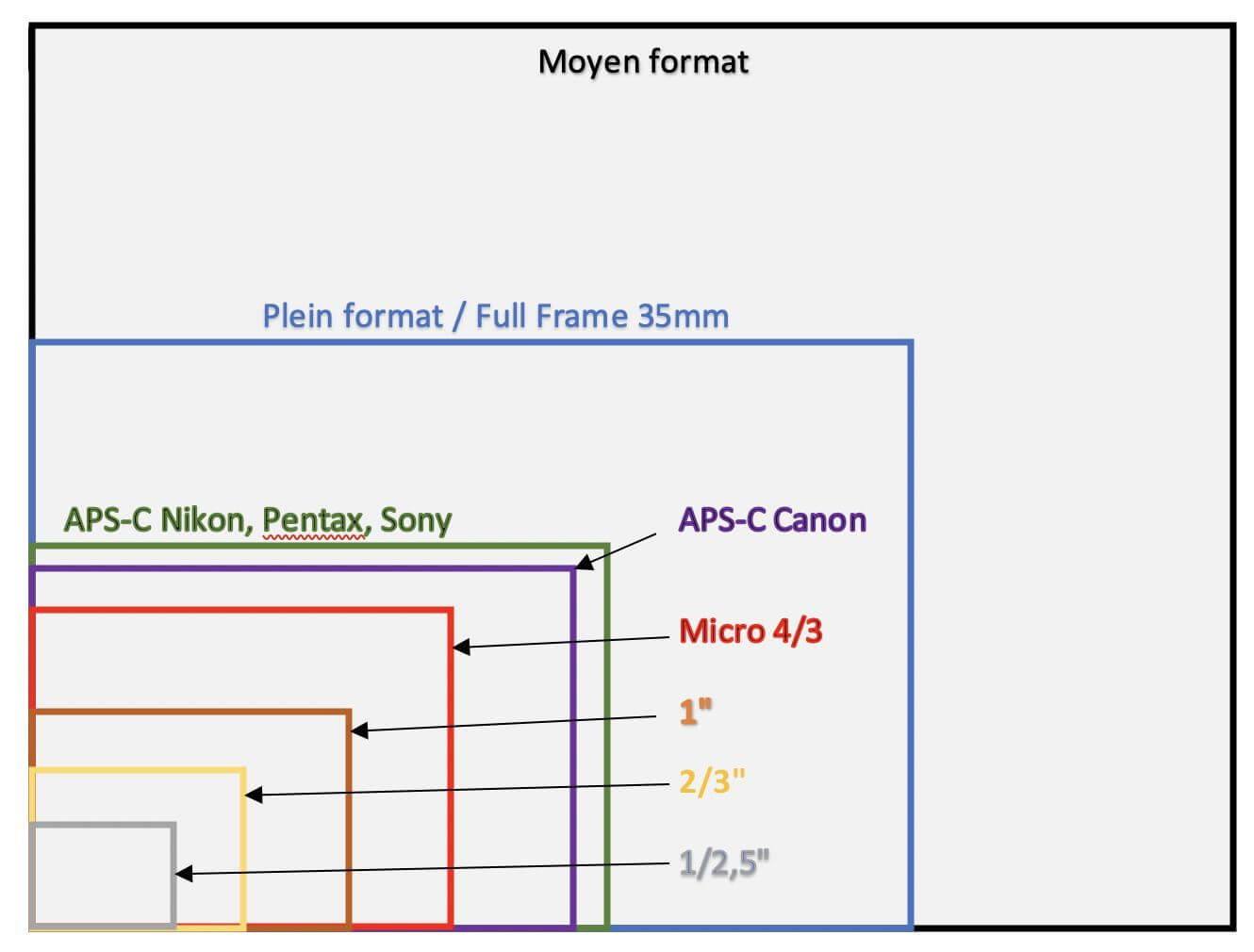
c. Full frame sensors
The FF sensors are sensors with the dimensions of 35mm film, i.e. 36mm wide and 24mm high, which was the majority format in the era of film photography. They also offer a 3:2 ratio.
The 35mm format was introduced at the end of the 19th century and was adopted as the standard format in photography in the 1920s, when it was still called the “small format”. Some brands have adopted this format digitally, mainly to use lenses designed in the last century. Currently, along with mirrorless cameras, this is the format for interchangeable lens cameras with the most manufacturers, as Nikon, Canon, Pentax, Sony, Panasonic and Leica all offer cameras with an FF sensor. Note that only Nikon and Canon initially offered them as DSLRs, which suggests that this format will be around for a while.
d. Equivalent focal lengths
The different sensor sizes require some mathematical juggling to convert the fields of view of the lenses. Basically, a smaller sensor obviously does not cover the entire field of view of a larger sensor. The same applies for lenses with the same focal length on different sized sensors. Thus, it becomes necessary to perform a conversion. As the calculations on the angles of the field of view are more complicated to assess, we tend rather to convert the focal lengths as follows:
- The standard format currently being the FF, it is considered that the focal lengths indicated on the lenses are the “real” focal lengths when they are mounted on this sensor format. So, a 50mm is a 50mm on full frame (that’s why we buy FF, so that we don’t have to worry about calculations anymore haha!),
- The APS-C format having a diagonal 1.5x smaller than the FF (43.3/28.4=1.52), we will multiply the focal length by 1.5 to have the equivalence in FF. So, a 50mm mounted on an APS-C body will give a field of view equivalent to a 75mm mounted on a FF sensor (50×1.5=75),
- As the Micro 4/3 format has a diagonal 2x smaller than the FF (43.3/21.6=2), the focal length is multiplied by 2 to get the equivalent in FF. Also, a 50mm mounted in front of a Micro 4/3 sensor will give a field of view equivalent to a 100mm mounted in front of an FF (50×2=100).
In reality, these conversions are just conventions and for someone who has never used a FF sensor, it doesn’t really make sense. Just be aware that the shorter the focal length, the larger the field of view and vice versa. Nevertheless, it is relatively important to understand this equivalence because you will find for example many articles on the internet advising you to buy a 50mm, but this advice mainly applies to the FF so you will therefore have to transpose all the reasons to buy this 50mm to buying a 35mm on APS-C or a 25mm on Micro 4/3, which are the equivalents. So don’t be fooled when seeing some large aperture lenses in Micro 4/3 format.
Remember, the focal length given represents the result on a full frame body. Let’s take the example of a 50mm. It doesn’t matter if it was originally designed for APS-C or FF format, the focal length of a lens doesn’t change. It is the field of view that varies depending on the size of the sensor on which you place the lens.
2. Pros and cons of each format
a. Image quality
The size of the sensor has a significant influence on several aspects of the image, and the one that often comes to mind is the increase in ISO. Indeed, as mentioned in the introduction, photosites are larger if the sensor is larger. However, the larger the sensor, the better they will capture the light and the better the signal can be amplified. I will spare you the technical subtleties but the increase in ISO is mainly done by an amplification of the signals and, like any amplification, this degrades the signals, which means a lower image quality. So, the bigger the sensor, the bigger the photosites, and the better they will support this amplification. In general, to get the equivalent of ISO, you have to divide the value by 2 every time you go down in size. So, if you find the image still acceptable with a recent FF at ISO 6400, you will avoid going over ISO 3200 with an APS-C and ISO 1600 with a Micro 4/3 sensor.
Another aspect of the image that we think about when choosing a sensor size is the depth of field. While, contrary to popular belief, a larger sensor does not reduce the depth of field, the fact is that in order to get the same field of view with a smaller sensor, you will have to either take a shorter focal length, or move backwards, or do a combination of both, giving the impression that the larger sensor does indeed reduce the depth of field. Even if this is a mistake, we can therefore simply say that a larger sensor allows a better reduction of the depth of field and have greater foreground and background blurring. Here again, an equivalence can be found thanks to the aperture of the diaphragm, the well-known “f/”, since the depth of field obtained in FF corresponds to the one obtained in APS-C with an aperture opened one stop more and two stops in Micro 4/3. Thus, for the same framing with an equivalent focal length (35mm on APS-C to have the same field of view as a 50mm on FF, for example) if you want to obtain a depth of field with your APS-C identical to the one you see on FF at f/2.8, you will have to open your 35mm at f/2. If you are on Micro 4/3, so with a 25mm which is equivalent to 50mm FF, this will have to be opened at f/1.4. Here’s a little story to help you understand.
Another much sought-after aspect of the photos is the sharpness. Again, a larger sensor will allow you to get more out of the same lens than a smaller one. The photosites being bigger on a large sensor, they capture light better and therefore the details that compose it. It is however possible to obtain as good a sharpness with a Micro 4/3 as with an APS-C or with an APS-C as with an FF, the sharpness also depends greatly on the quality of the lens. But since the photosites are smaller, these lenses will need to have a resolving power, i.e. to be able to discern details much more finely. This means that to have as good a level of detail in APS-C as in FF, a more complex lens will be needed. It is for the same reason that with full-pixel FF sensors it is recommended to buy high-performance lenses. Because you can also take the equivalence for the number of pixels except that it is even more important than for the diagonal since it takes into account the total area of the sensor. For example, a 16MP Micro 4/3 sensor is equivalent to a 64MP FF (16×4), and a 24MP APS-C is equivalent to a 54MP FF (24×2.25). So, if a 36MP FF or 50MP FF is assumed to be associated with very high-end lenses, this should be the case even more with 24MP APS-Cs and 16MP Micro 4/3s.
Last important aspect related to the size of the sensor, the dynamic range. Sensors have a capacity to reproduce a tonal range of light, i.e. light intensities from darkest to brightest, more limited than that of our eyes. In addition, this ability is reduced by raising the ISO sensitivity. Although the difference has narrowed over time, a larger sensor is still more capable of providing greater dynamic range. Color reproduction is also better with a larger sensor, but sensors, even Micro 4/3, are already so efficient at this level that the differences are hardly noticeable.
b. Bodies and lenses
Since FF has been a popular historical sensor size for a long time, you will have access to many lenses. As manufacturers tend to privilege this format, this will surely be the case for many years to come. Thanks to the compatibility between APS-C and FF in most brands, the APS-C format also benefits from these lenses. However, these lenses are designed for FF and, as mentioned above, APS-C is more demanding on lenses. Also, you will often get poorer results than with lenses designed for APS-C unless you only buy very high-end lenses.
The Micro 4/3 benefits from compatibility between the Olympus and Panasonic brands. You can therefore place Olympus lenses on a Panasonic Micro 4/3 body and Panasonic Micro 4/3 lenses on an Olympus body. You can also adapt, as in APS-C, on the current mirrorless cameras most of the lenses designed for FF with the appropriate adapter rings, although I would recommend you the lenses designed for the body format. The APS-C and FF have the advantage of being present in DSLR since the beginning of the digital era with many different bodies and ranges. The choice is more limited on the mirrorless cameras, these being more recent.
However, it is unwise to compare body types and sizes to find out what your options are, because not all FF are DSLRs, not all mirrorless cameras are Micro 4/3 and not all brands offer the same range of bodies or lens types in all sizes… so you should know that the widest range (without adaptation) in FF is on the side of Nikon and Canon DSLRs, Fujifilm in APS-C mirrorless cameras and Panasonic and Olympus in Micro 4/3. For FF mirrorless cameras, the choice will continue to expand greatly. On the other hand, the compatibility of APS-C lenses in FF lenses will certainly not encourage the manufacturers Nikon/Canon/Sony to develop this format. In Micro 4/3, it is unlikely that other brands than Panasonic and Olympus will offer this format. This doesn’t mean that the Micro 4/3 and APS-C offer is not worthy of interest, but depending on the format and the manufacturer, you will have more or less possibilities.

See in detail on Amazon
c. The budget
It was agreed that the FF would cost much more, that the Fujifilm APS-C would be good value for money and that the Micro 4/3 would be for small budgets. In reality, when compared to equivalent capabilities, i.e. ISO and depth of field, the FF is only slightly more expensive and the Micro 4/3 is not more for small budgets than the APS-C (or even the FF, if you know how to find the right deals). The FF has the reputation of being expensive because bodies are generally offered at a price above 1000$, but in reality, it is mostly because no manufacturer makes “low end” FF cameras. You can look it up as much as you want, no FF mirrorless camera or DSLR is the equivalent in range of a Canon 4000D, Panasonic GX80 or Fuji X-E3.
So, as long as you’ve decided to buy a camera with interchangeable lenses, you have to realize that you’re likely to spend a relatively large amount of money regardless of the sensor size. To begin in entry-level cameras, the Micro 4/3 and APS-C will therefore be more suitable formats simply because they offer entry-level bodies where in FF, you’ll find at least expert/semi-pro cameras. As far as lenses are concerned, the choice can be as interesting in FF as in APS-C or Micro 4/3. Here again, it is mainly on the “low-end” offer that you will find something affordable in APS-C and Micro 4/3, like for example the 18-55mm f/3.5-5.6 or 12-32mm f/3.5-5.6. We talked about it earlier, but remember the focal length/aperture equivalence. The 18-55mm f/3.5-5.6 in APS-C would correspond to a 24-85mm f/5-8 and the 12-32mm f/3.5-5.6 in Micro 4/3 would correspond to a 24-64mm f/7-11, lenses that would certainly be very affordable in FF… if they existed!
Moreover, thanks to some third-party brands, you can find in all sensor sizes (but primarily in FF), lenses that are generally more affordable. So, if a 12-35mm f/2.8 from Panasonic costs 850€ and a 16-55mm f/2.8 from Fuji 1000€, you’ll find in Nikon/Canon DSLR or Sony FF mirrorless cameras 24-70mm f/2.8 from Tamron and Sigma at 1000-1200€. You can even find the very good 28-75mm f/2.8 from Tamron for Sony mirrorless cameras at 750€. Note also that for these prices, you have in all formats a zoom opening at f/2.8 while again with the equivalence, f/2.8 in Micro 4/3 corresponds to f/5.6 in FF and f/2.8 in APS-C corresponds to f/4 in FF. So it’s not the same thing!
d. The dimensions
One point that is however generally true, is that if the equivalence is not taken into account, an f/2.8 zoom lens on a Micro 4/3 sensor will be smaller and lighter than its f/2.8 equivalent in APS-C, which will itself be smaller and lighter than its f/2.8 equivalent in FF. The 12-35mm, 16-55mm and 24-70mm represent this difference between sensor sizes, the first weighing 300g, the second 650g and the third 900g. This difference is true for most lenses, although there are some exceptions such as the recent 70-200mm f/2.8 RF for Canon FF which weighs about 1Kg as the 50-140mm f/2.8 for APS-C from Fuji.
The explanation is simple. A smaller sensor covers for the same focal length a smaller field of view and therefore requires a shorter focal length and a physically narrower aperture for the same characteristics. This makes it possible to design lenses suitable for these shorter and smaller sensors. Using higher format lenses on a smaller sensor, such as an FF lens on an APS-C camera, therefore loses this advantage since the lens keeps its dimensions, whether you put it in front of an APS-C or an FF!

See in detail on Amazon

See in detail on Amazon

See in detail on Amazon
3. Which photo sensor to choose then?
a. The financial aspect
As mentioned in the budget section, the Micro 4/3 and APS-C formats are advantageous for small budgets because there is an entry-level offer. As soon as you move up the range, the three formats become quite similar and you can even find interesting offers in FF through the second-hand market. Indeed, this widespread sensor size and the frequency at which cameras and lenses are renewed ensure the availability of relatively recent and high-performance equipment at prices well below than what they were when the cameras were first released. So, you will be able to find Nikon D810, Canon 5DIII or Sony A7II around 1000€ when they cost more than triple the price 5-8 years ago and are still as efficient as they were then. Of course, this argument also works for APS-C or Micro 4/3 DSLR and mirrorless camera equipment, but here again, the biggest savings will be made by opting for entry-level equipment.
The argument also applies for lenses. Between third-party brands and the second-hand market, you will be able to find very good lenses for much lower prices, again mainly in FF. On the side of the APS-C and Micro 4/3 lenses, especially in mirrorless cameras, the second-hand offers remain lower because the lenses have not yet been frequently renewed. For example, Fuji XF lenses such as the 56mm f/1.2 will be very hard to find on second-hand, although it is very good. This is simply due to the fact that there is no high-end nor newer one, so those who bought it keep it. This is also generally the case with Sony Micro 4/3 and APS-C, as well as FF from Nikon, Canon and Panasonic who have just entered the mirrorless camera world and can’t yet rely too much on third party brands like Sigma or Tamron.
But keep in mind that in the entry-level offer, prices are still quite high and may possibly turn out to be less interesting than what you might find in advanced compact cameras. In fact, an article has been written on this blog to help you choose a compact camera. You’ll find that for their prices, if you’re not especially looking to purchase a large set of lenses, they can really be enough for most uses by offering performance and features worthy of entry-level mirrorless cameras and DSLRs, or even better.
b. Which format for which purpose
Again, reality is usually simpler than fantasy. You will find lots of blogs and youtube videos telling you that “you don’t need an FF”, “APS-C is enough in most cases”, “the Micro 4/3 will disappear”… With sometimes very strong and irrelevant opinions such as “the FF is for portraits”, “for landscape, no need to reduce the depth of field so FF is not necessary” and other ideas claiming that a format would be adapted to a type of photo. For the record, this last sentence about the landscape was read as a comment on a blog by a contributor who a few minutes later said that for his landscapes “he needed more dynamics and therefore FF is better”… talk about saying everything and its opposite at the same time haha.
To put it simply, there’s not really a format adapted to a type of photo. In the days of film, when the FF was the most widespread format, we did portrait, landscape, wildlife and almost all fields with this same format. There’s no reason why you can’t do the same with the APS-C or Micro 4/3. So basically, you don’t NEED FF, APS-C or Micro 4/3, but a camera that fits your budget, quality, ergonomics, weight, choice of lenses and many other features. The size of the sensor is only one element, certainly important, but it does not imply any obligation. Shooting with a Micro 4/3 does not prevent you from taking pictures at night, the FF does not prevent you from taking street pictures, the APS-C is not only used to take wildlife pictures etc.


A larger sensor allows for better ISO increase, better dynamics and a shorter depth of field, but it’s only a matter of comfort. A comfort that mainly concerns image quality and the possibilities of “artistic” blur, usually at the expense of comfort in compactness and lightness. It is therefore up to you to decide what level of quality you require, for what size and according to what budget. Because, with cameras having sensors of these sizes, switching to a larger sensor size is more a matter of pleasure, desire and means than necessity. Small sensors can be an advantage for long-distance photography, such as wildlife photography, since the focal length equivalence allows for a tighter field of view with the same focal length. A 400mm in FF is considered barely enough for wildlife in this format, while on a Micro 4/3 it will be an 800mm “equivalent”, so a higher level of magnification. FF can also be given an advantage over short focal lengths because designing short focal length lenses (14 or 20mm type) is complicated in all formats. But on FF, they will be “real 14 and 20mm” while on Micro 4/3 they will be equivalent to 28 and 40mm. To have the same field of view on this format, you would need 7 and 10mm, which is even less easy to design.
c. All is good in the end
So, understand that whatever format you choose, you will not make a mistake. The majority of cameras and lenses, whether mirrorless or DSLR, are all very powerful and will allow you to take almost any picture you dream of taking. What will make the difference is your practice, knowledge and experience. Upgrading to a higher range or format brings only a little extra comfort, but won’t revolutionize your photos.
Once you’ve decided which format to go for, you’ll have many other choices to make, whether it’s the brand, the range, the grip, the ergonomics, the functions, the battery life, the quality of the viewfinder, the screen, the construction, the weight, the dimensions, to end with an equally important element, which is your camera lens. So don’t spend too much time wondering which format to choose, choose it and then practice. Many techniques such as HDR, using a flash or simply a better way to compose your images will often make more of a difference than just taking a camera with a larger sensor.
I hope this article will help you choose your camera wisely, remember that today’s cameras are all very powerful and cover the majority of “needs”, so make sure you master your camera whatever it is. Don’t be frustrated or feel aggrieved that you don’t have an FF and don’t be stuck-up towards smaller formats if you do have one. You sometimes hear some APS-C users talk about the disdainful way in which other professional photographers look at them. That just shows the snobbery of these photographers much more than the lack of talent of APS-C users, doesn’t it?
Good luck on finding the right one for you!
See you soon,

Written by Sylvain PONS
I've been passionate about photography since 2010, learning as I went along. Today, I dedicate myself to guiding others in their choice of camera gear and sharing a variety of tips to improve their photography skills.
Despite our care, a mistake may have slipped into this article. If you find any, please don't hesitate to let us know so we can correct it as soon as possible and keep our information up-to-date!

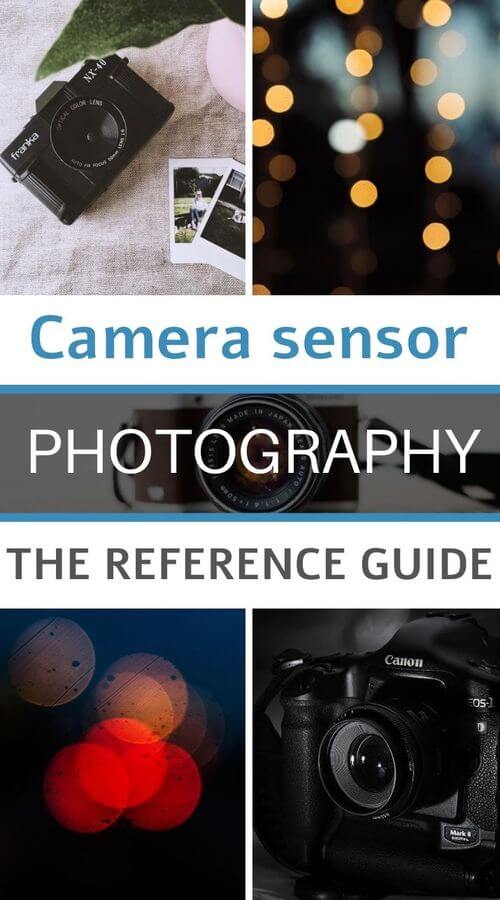


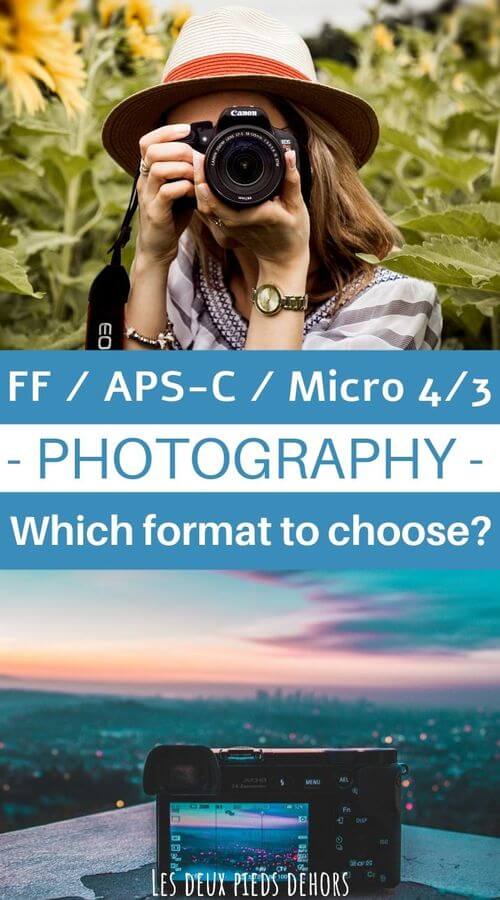

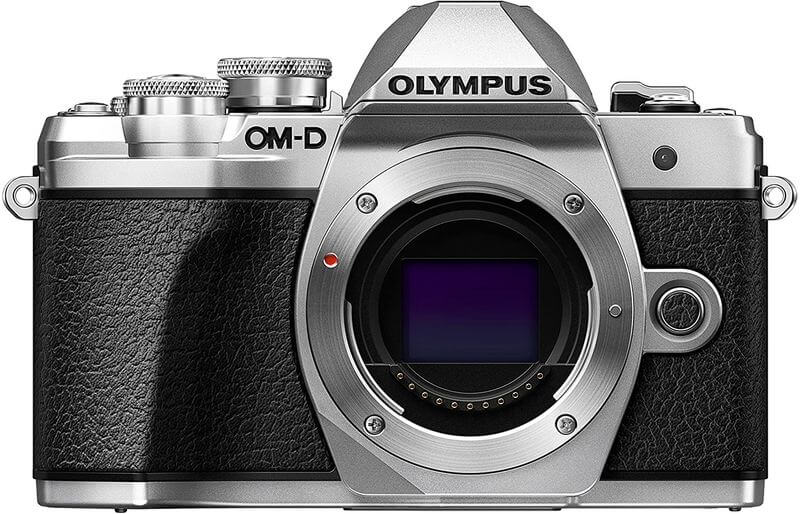
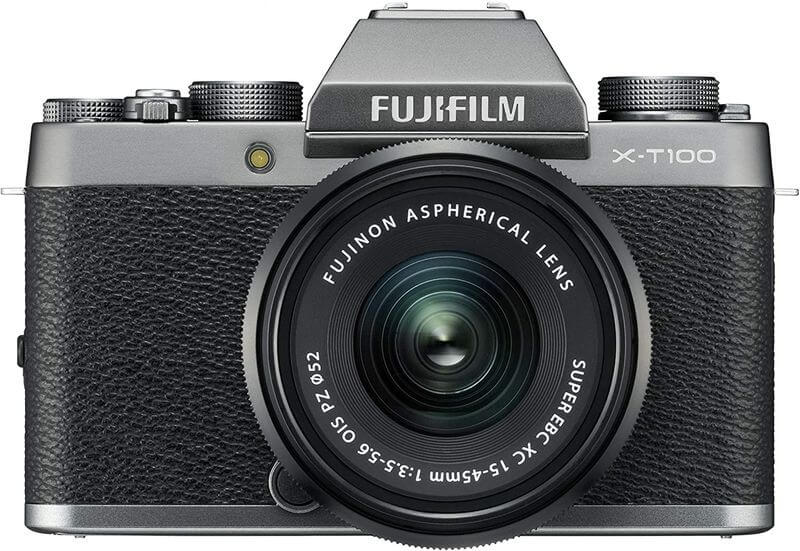







Thankyou for a great article, it has certainly cleared things up for me! I will admit to being a little lost in some of the technical aspects though. I was looking at a camera with APS-C and had written off M4/3 as inferior but this is obviously not the case. Cheers 🙂
You’re welcome and thanks for stopping by !
Sylvain